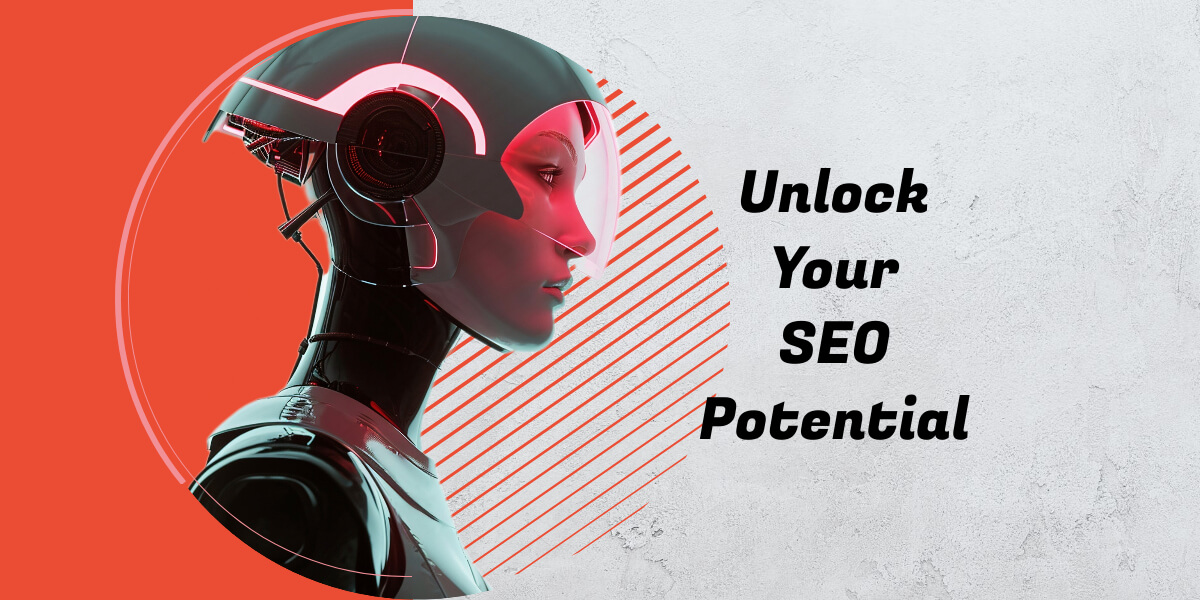In our world of online content, getting your message seen by the right people is everything. But how do you ensure your brilliant blog post isn’t just floating in the digital ether? The answer lies in mastering Search Intent. And with our new AI Content Optimiser, now integrated right here on our website, you have a powerful ally to achieve just that.
What Exactly Is Search Intent?
Think of it this way: when someone types a query into Google, they’re not just entering words; they have a goal, a question, or a need in mind. Search intent is simply the “why” behind their search. It’s about understanding what the person really wants to do or find when they type in those keywords.
It’s crucial to look beyond the keywords themselves and delve into the user’s underlying motivation. Here’s a quick breakdown of the primary types of search intent:
- Informational Intent: The user wants to learn something. They’re seeking answers, explanations, instructions, or general knowledge.
- Examples: “How to prune roses,” “What is cryptocurrency,” “History of the internet.”
- What they expect: Blog posts, guides, tutorials, encyclopedic articles.
- Navigational Intent: The user is trying to find a specific website or webpage. They already know where they want to go.
- Examples: “Facebook login,” “YouTube,” “My bank’s website.”
- What they expect: Direct links to the specific site or page.
- Commercial Investigation Intent: The user is researching a product or service before making a purchase. They’re in the evaluation phase, comparing options.
- Examples: “Best noise-cancelling headphones,” “iPhone 15 vs. Samsung S24 review,” “Online course platforms comparison.”
- What they expect: In-depth reviews, comparison articles, detailed product guides.
- Transactional Intent: The user is ready to complete an action, usually a purchase. They’re looking to buy, subscribe, or sign up immediately.
- Examples: “Buy running shoes online,” “Download free antivirus software,” “Order pizza near me.”
- What they expect: Product pages, e-commerce listings, sign-up forms, booking pages.
Why Does Search Intent Matter for Your SEO and Content?
Search engines like Google prioritise delivering the most relevant results to a user’s query. If your content perfectly aligns with what the user is trying to achieve, Google is more likely to show your page prominently.
Ignoring search intent is like trying to sell ice cream to someone who’s looking for a warm coat – you might have a great product, but it’s completely irrelevant to their current need.
By aligning your blog articles and website content with the correct search intent:
- You improve your rankings: Google recognises that your page truly satisfies the user’s need, boosting your visibility.
- You increase engagement: Visitors find what they’re looking for faster, reducing bounce rates and encouraging them to spend more time on your site.
- You drive conversions: For commercial and transactional queries, matching intent seamlessly guides users towards their desired action, whether it’s a purchase, a sign-up, or a download.
Optimise Your Content with Our AI Content Optimiser!
Understanding search intent might sound complex, but creating content that perfectly aligns with it doesn’t have to be. This is where our new AI Content Optimiser comes in!
Located right here on my website, this powerful tool is designed to take the guesswork out of SEO-friendly content creation.
Here’s how it empowers you:
- Generate New, Optimised Articles: Have a topic and keywords in mind? Simply provide a prompt, and our AI will generate a structured, SEO-friendly blog article from scratch, tailored to your keywords and intended search intent.
- Transform Existing Content: Already have a blog full of articles? Paste your existing content into the tool, provide your target keywords and search intent, and let the AI scrutinise it. It will then rewrite and optimise your article, ensuring correct keyword placement, semantic richness, and an ideal structure (H2s, H3s, etc.) while maintaining your original style and tone. It can even expand your article length if you choose, aiming for up to 1600 words for comprehensive coverage.
The AI Content Optimiser will aim to construct your content like this:
- An Optimised Heading: a clear, descriptive H1 with the primary keyword.
- Structured for Readability: With clear H1, H2, and H3 headings.
- Keyword-Optimised: Correct placement in the first 100 words, subheadings, and throughout the content for ideal 1-2% density.
- Semantically Rich: Utilising related terms and synonyms to reinforce the topic without keyword stuffing.
- User-Focused: Matching the format and tone to what users expect, ensuring a great experience.
Ready to Supercharge Your Blog?
Stop guessing and start optimising! Whether you’re creating fresh content or refining your existing articles, our AI Content Optimiser is your secret weapon for climbing the search rankings and connecting with your audience more effectively.
Visit our AI Content Optimiser page today and experience the future of SEO content creation!







